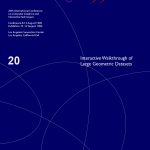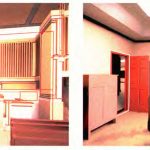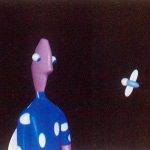Daniel G. Aliaga
Most Recent Affiliation(s):
- Lucent Technologies Bell Laboratories, Technical Staff Member
Other / Past Affiliation(s):
- Purdue University, Associate Professor of Computer Science
Bio:
SIGGRAPH 2016
Daniel G. Aliaga is an Associate Professor of Computer Science at Purdue University. He obtained his Ph.D. and M.S. degree from UNC Chapel Hill and his B.S. degree from Brown University. Dr. Aliaga’s research is primarily in the area of 3D computer graphics but overlaps with computer vision. His research area is of central importance to many critically important industries, including computer-aided design and manufacturing, telepresence, scientific simulations, and education. To date Prof. Aliaga has over 100 peer reviewed publications and has chaired and served on numerous ACMandIEEEconference and workshop committees.
SIGGRAPH 2011
Dr. Aliaga is an Associate Professor of Computer Science at Purdue University. He obtained his Ph.D. and M.S. degree from UNC Chapel Hill and his B.S. degree from Brown University. Dr. Aliaga’s research is primarily in the area of 3D computer graphics but overlaps with computer vision. His research area is of central importance to many critically important industries, including computer‐aided design and manufacturing, telepresence, scientific simulations, and education. To date Prof. Aliaga has over 60 peer reviewed publications and has chaired and served on numerous ACM and IEEE conference and workshop committees.
SIGGRAPH 1999
Daniel G. Aliaga is a Member of Technical Staff at Lucent Technologies Bell Laboratories working in the Visual Communications Research Department. He received a Ph.D. in Computer Science from the University of North Carolina at Chapel Hill in 1998, where he completed a dissertation under the supervision of Anselmo Lastra, Gary Bishop, Fred Brooks, Henry Fuchs, Steve Molnar and Henry Rich. His research involved designing a preprocessing algorithm to automatically determine what geometric subsets of a model to replace with images in order to guarantee a maximum number of primitives per frame. He then created a run-time system that employed image-warping algorithms to display these images surrounded by geometry. While a graduate student at UNC, he became team leader of the UNC Walkthrough Project, under the direction of Fred Brooks, Dinesh Manocha and Mary Whitton. The team developed an interactive rendering system for massive models that combined techniques from geometric simplification and image-based rendering. He was also an early member of the PixelFlow software design team. In addition, he independently organized and taught an undergraduate summer course in Computer Science. Daniel received a M.S. in Computer Science from the same institution in 1993 and B.S. in Computer Science from Brown University in 1991, where he was also a member of the graphics group.
Course Organizer:
- SIGGRAPH 2000, "Interactive Walkthroughs of Large Geometric Datasets"
- SIGGRAPH 2016, "Inverse Procedural Modeling of 3D Models for Virtual Worlds"
Learning Category: Jury Member:
Learning Category: Presentation(s):

Type: [Technical Papers]
Fast Weather Simulation for Inverse Procedural Design of 3D Urban Models Presenter(s): [Aliaga] [Garcia-Dorado] [Bhalachandran] [Schmid] [Niyogi]
[SIGGRAPH 2017]
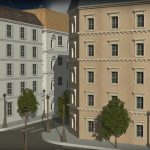
Type: [Technical Papers]
Interactive sketching of urban procedural models Presenter(s): [Nishida] [Garcia-Dorado] [Aliaga] [Benes] [Bousseau]
[SIGGRAPH 2016]
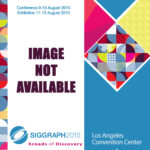
Type: [Technical Papers]
Coupled segmentation and similarity detection for architectural models Presenter(s): [Demir] [Aliaga] [Benes]
[SIGGRAPH 2015]
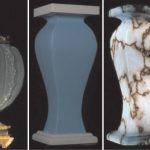
Type: [Technical Papers]
Fast High-Resolution Appearance Editing Using Superimposed Projections Presenter(s): [Aliaga] [Yeung] [Law] [Sajadi] [Majumder]
[SIGGRAPH 2012]

Type: [Technical Papers]
Tailored displays to compensate for visual aberrations Presenter(s): [Pamplona] [Oliveira] [Aliaga] [Raskar]
[SIGGRAPH 2012]
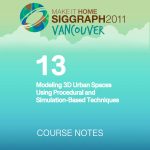
Type: [Courses]
Modeling 3D Urban Spaces Using Procedural and Simulation-Based Techniques Organizer(s): [Wonka]
Presenter(s): [Wonka] [Aliaga] [Müller] [Vanegas]
Entry No.: [13]
[SIGGRAPH 2011]
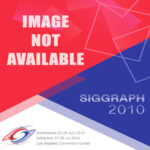
Type: [Technical Papers]
A Framework for Modeling 3D Scenes Using Pose-Free Equations Presenter(s): [Aliaga] [Zhang] [Boutin]
[SIGGRAPH 2010]
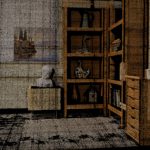
Type: [Talks (Sketches)]
3D scene modeling using pose-free reconstruction Presenter(s): [Aliaga] [Zhang] [Boutin]
[SIGGRAPH 2007]

Type: [Talks (Sketches)]
Modeling repetitive motions in real-world 3D scenes Presenter(s): [Xu] [Aliaga]
[SIGGRAPH 2007]
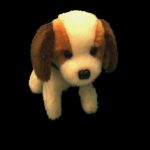
Type: [Posters]
Modeling repetitive motions in real-world 3D scenes Presenter(s): [Xu] [Aliaga]
[SIGGRAPH 2007]
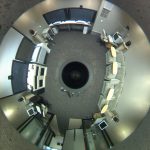
Type: [Technical Papers]
Plenoptic stitching: a scalable method for reconstructing 3D interactive walk throughs Presenter(s): [Aliaga] [Carlbom]
[SIGGRAPH 2001]
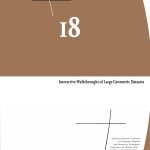
Type: [Courses]
Interactive Walkthroughs of Large Geometric Datasets Organizer(s): [Aliaga] [Manocha]
Presenter(s): [Aliaga] [Manocha] [Cohen] [Kumar] [Funkhouser] [Wilson] [Luebke]
Entry No.: [18]
[SIGGRAPH 2000]
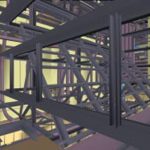
Type: [Technical Papers]
Automatic image placement to provide a guaranteed frame rate Presenter(s): [Aliaga] [Lastra]
[SIGGRAPH 1999]
Role(s):
- Course Organizer
- Course Presenter
- Talk (Sketch) Presenter
- Technical Paper Presenter
- Technical Papers Jury Member

